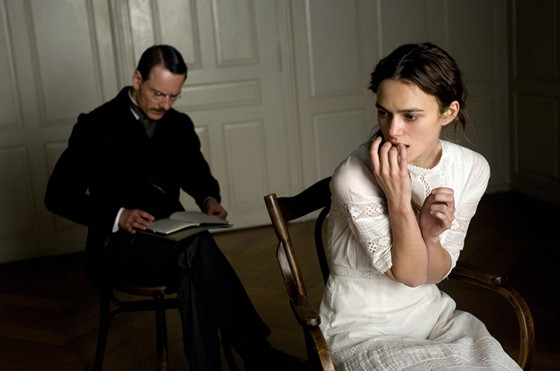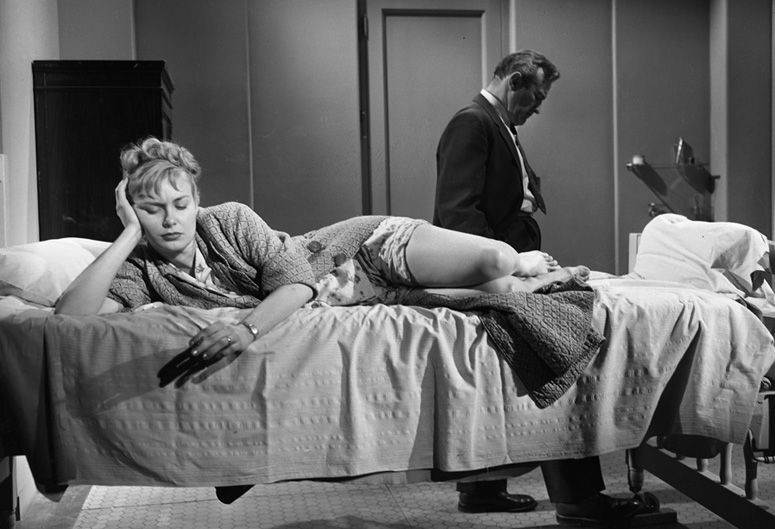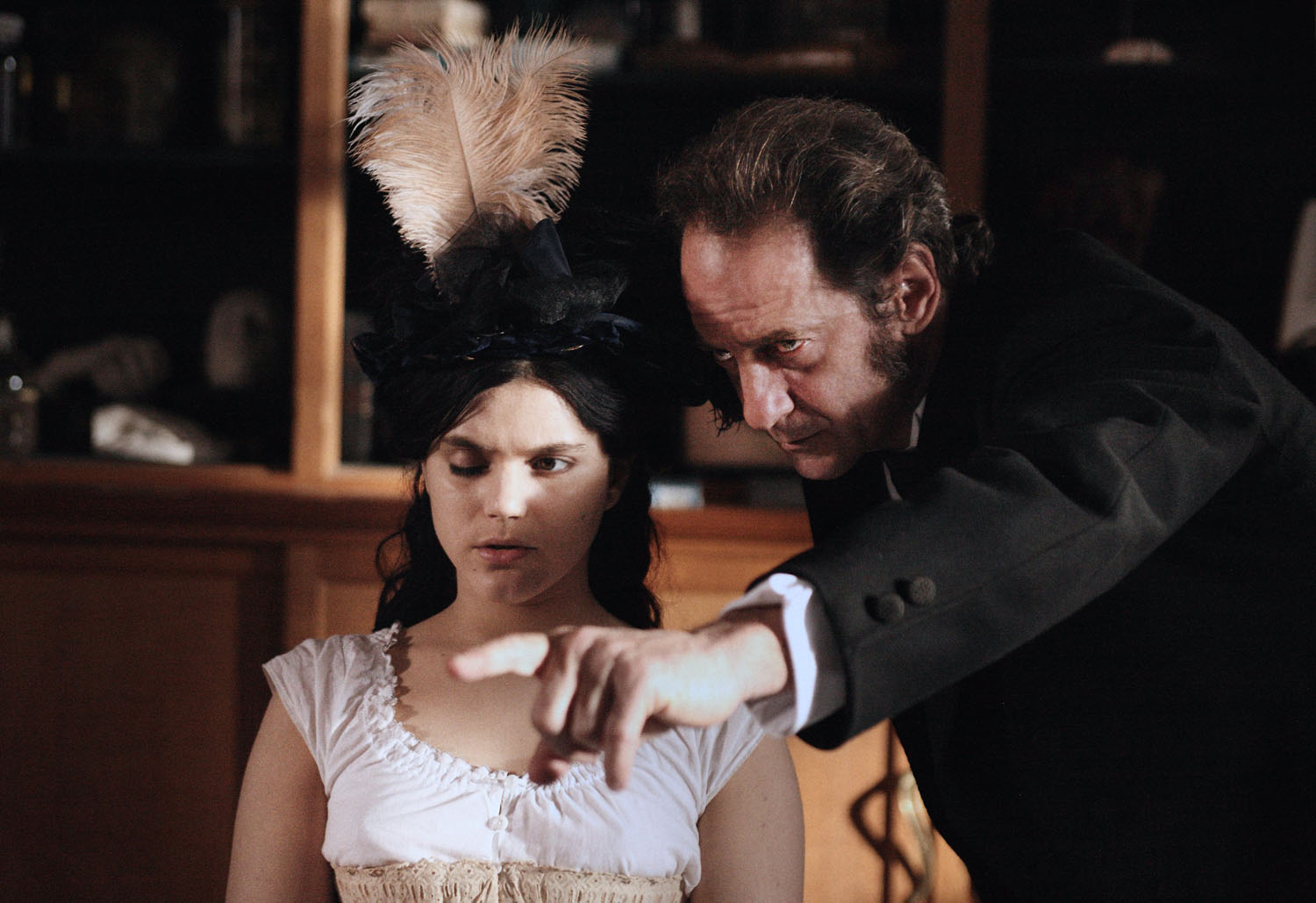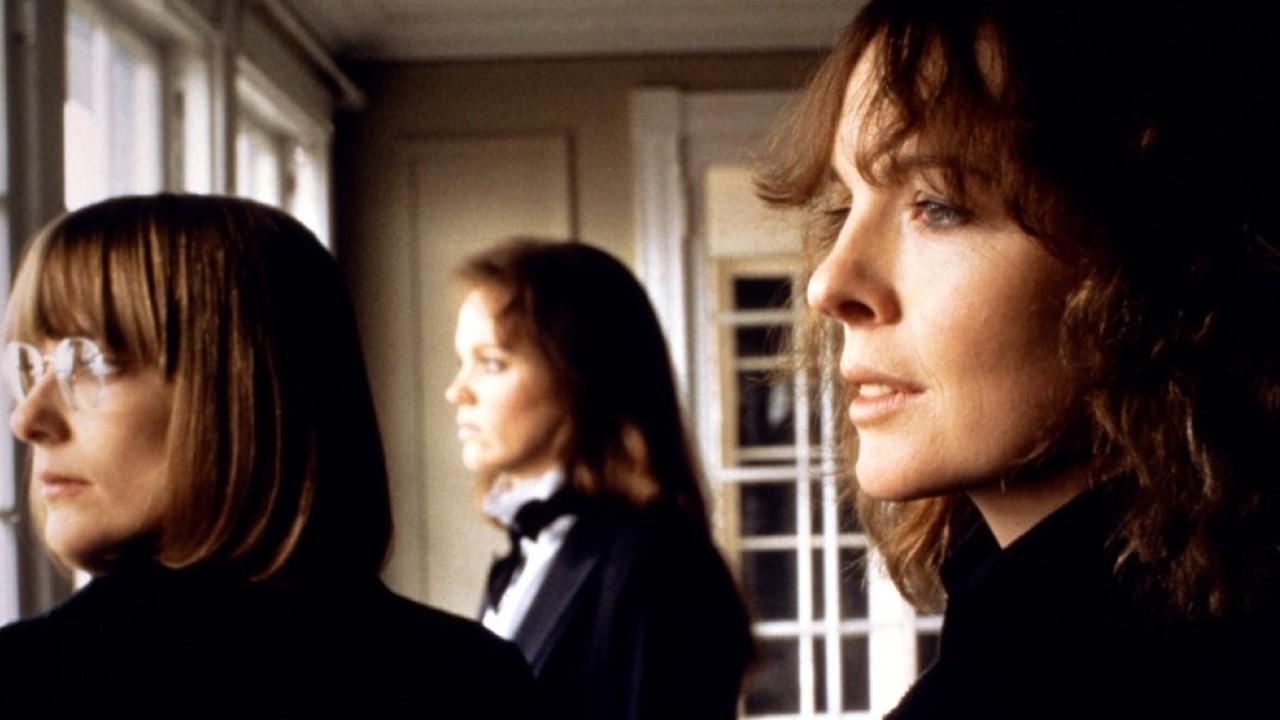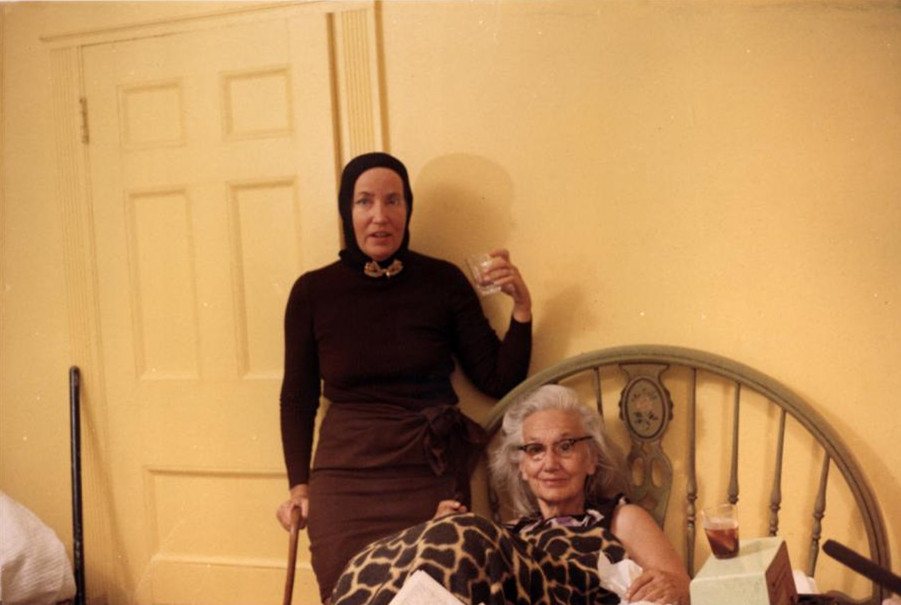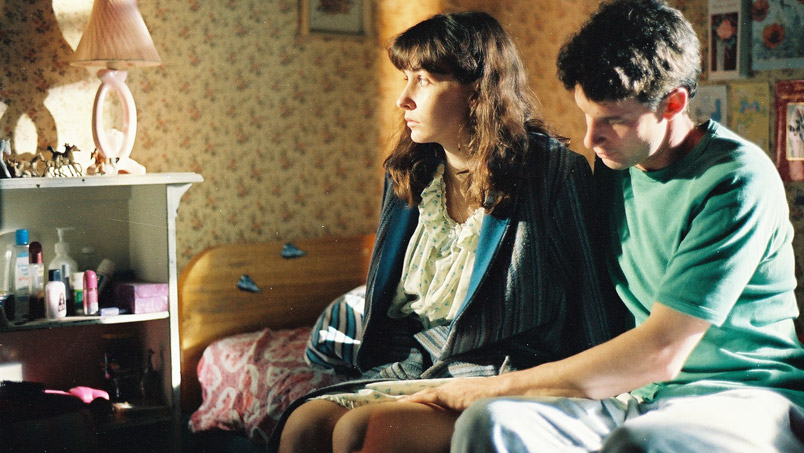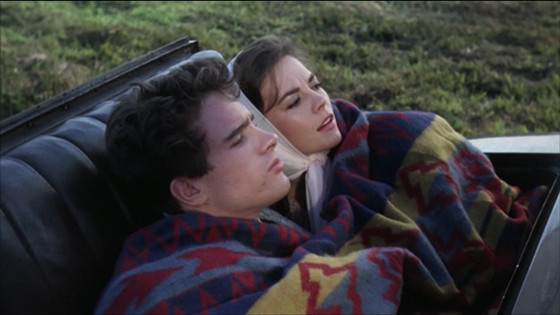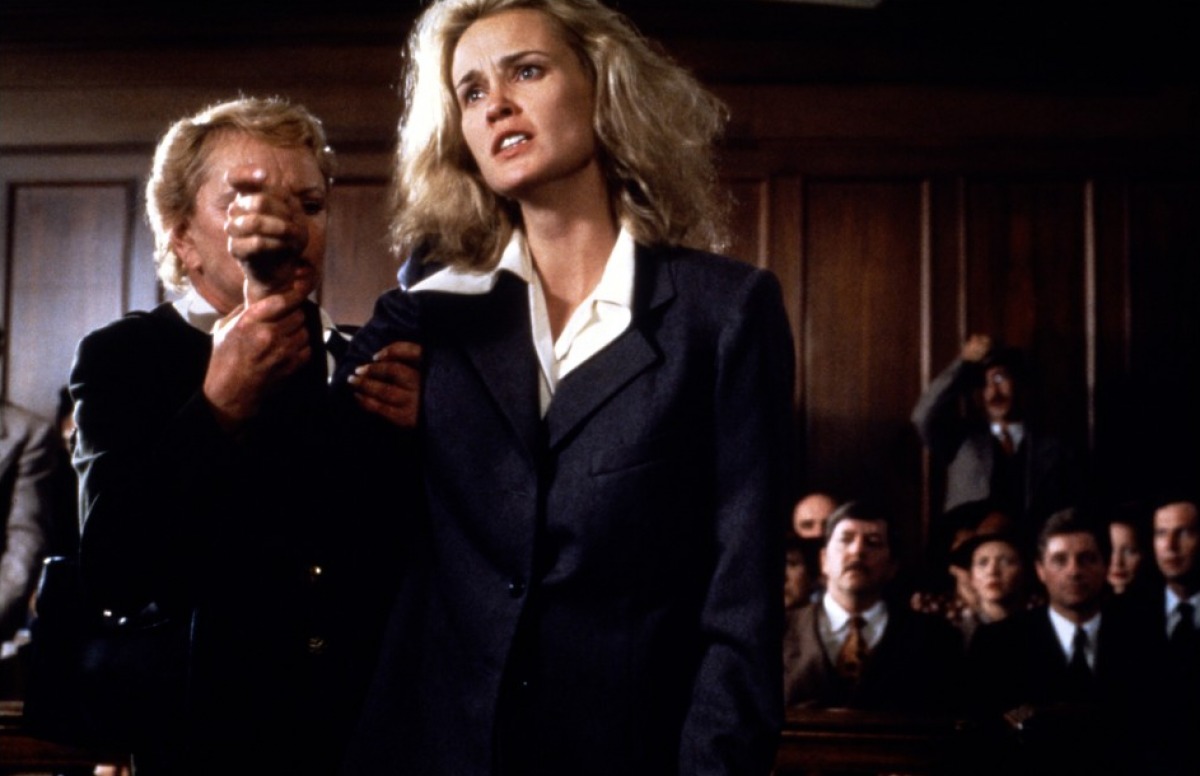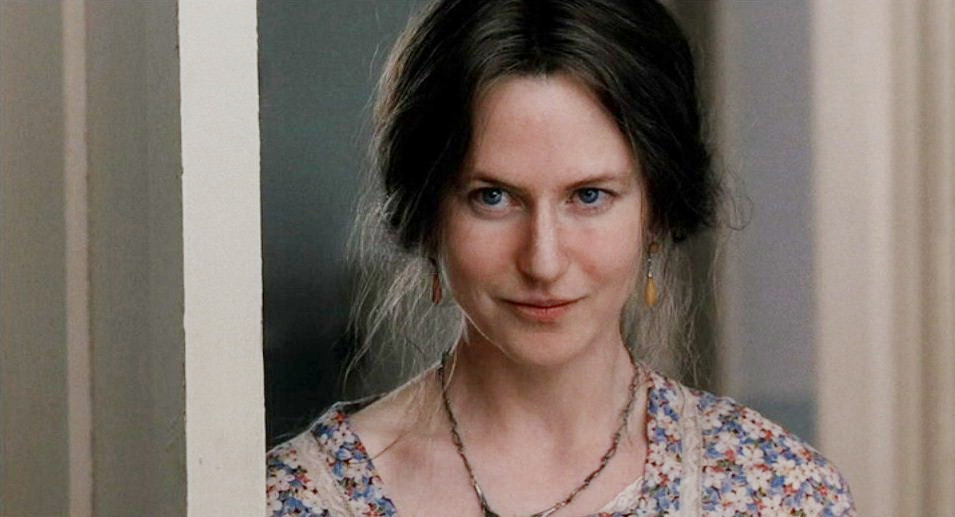
Understanding the mind has never been easy. When an ailment is not psychically tangible, it is easy to dismiss. This is especially true when you try to understand the minds of a population of individuals, who, until the last 100 years or so, were supposed to be seen rather than heard.
Ever since the genesis of its practice, the relationship between psychology and women has been ambiguous at best. The so called father of psychology Sigmund Freud famously stated, “the great question…which I have not been able to answer, despite my thirty years of research into the feminine soul is ‘What does a woman want.’” Even so, it was unlikely he was liable to find out as he also asserted that “women oppose change, receive passively and add nothing of their own.”
Even back to the 4th century B.C.E., long before Freud rocked the world with his theories, the perception of female mental illness was riddled with sexually objectifying oversimplification (Google “Female Hysteria”.)
Now, it is a fact that mental illness is caused by chemical imbalances in the brain. But one has to wonder, how much of it is chemical and how much is caused by trauma incurred by the cultural expectations of society (you will see a lot of housewives on this list.)
This is especially something to consider when the social construct of gender is thrown into the mix. One cant help but question, if mental illness is a by product of being maladjusted to the zeitgeist of the times.
When you are forced to keep something inside, it will eventually explode; be it a firecracker that catapults you into a crying fit or an A-bomb that blasts you all the way into an asylum. Regardless of its capacity, there is guaranteed to be fallout.
16. A Dangerous Method (2011) Dir. David Cronenberg
A film to focus on the topic of female hysteria. The spotlight falls on psych forefathers Sigmund Freud, Carl Jung and his disturbed patient Sabina Spielrein.
Directed by David Cronenberg, the film is an interesting depiction of early psychological practices and as well as an investigation into their ethics.
Sabina arrives at Burgholzi psychiatric hospital a hysterical mess. Through talk therapy with Carl Jung (Michael Fassbender), they discover that the source of her illness was derived from the trauma of being spanked by her father as a child and the shame she felt over the arousal she experienced during the act.
Transference between the two inevitably develops and eventually Jung takes some advice from his librarian colleague Otto Gross and takes therapy to a physical level, stepping in as the father figure and entering into a BDSM relationship with Sabina.
Many critics felt that Keira Knightley’s performance was over the top, which many be true. Nonetheless, she plays a compelling character. The real Sabina Spielrein ended up being one of the first female psychologists. A hearty feat considering it was a field diluted by misogyny. Feminist in her own right, both Jung and Freud immediately recognized her intelligence.
15. The Three Faces of Eve (1957) Dir. Nunnally Johnson
Equal parts camp and equal parts brilliance, The Three Faces of Eve was one of the pioneers of this theme and the first film ever to depict dissociative identity disorder (multiple personality disorder).
Eve White is a downtrodden southern housewife. By her slumped carriage alone, her strain and displeasure are evident. Though she loves her daughter, it’s clear her marriage to her husband is unsatisfactory. One day a package arrives at the house filled with expensive dresses, much to her husband’s disdain, the ball drops when Eve tries to strangle her daughter.
Enter Eve Black, and uninhibited party girl who sings at clubs, dances with abandon and relentlessly teases any gentleman callers. She claims she has no daughter and in fact abhorred the concept of children. Eve begins to see psychologist and a lucid, well spoken third personality emerges eventually, the multiple personalities are traced back to a singular traumatic childhood event.
14. Augustine (2012) Dir. Alice Winocour
If you take a look back into the history of women and psychology, you’ll come across a medical phenomenon called Female Hysteria. It had its roots in ancient Greece, but the “illness” really began to take flight in Europe during 1870’s where it was truly sensationalized.
In her 2012 film Augustine, Alice Winocour interprets the true story of psychologist Jean-Martin Charcot and his young patient Augustine. Augustine was placed in his care at the famous Salpetriere Hospital after she suffered from strange, sexually charged epileptic fits and was then unable to open her left eye.
Charcot was famous for his lectures, and Augustine was his “star”; displaying titillating fits for an audience of intellectuals and colleagues. Naturally, transference manifested.
It could be argued that Winocour does not delve deeply enough into her characters. Little insight is given to the reason behind Augustine’s behavior, whether voluntary or not. Nevertheless this is a very important part of women and medical history.
The real Augustine was photographed extensively; a new technology at the time, which offers further insight into the presence of the male gaze into this story. Even so, these now famous photographs were greatly inspirational to the surrealists who upheld Augustine as something like an icon.
13. Interiors (1978) Dir. Woody Allen
Some of Woody Allen’s films resemble Noel Coward plays: they detail the lives of pretentious, mysteriously wealthy, creatively successful intellectuals who have their analysts on speed dial. However, Interiors stands apart from comparable flicks such as Manhattan (as well as almost all of Allen’s work) in the sense that it is not a adult drama. There is no levity here.
In fact, the tone, plot and camerawork are largely inspired by the work of Swedish heavyweight Ingmar Bergman, a filmmaker Allen fiercely admired.
Perhaps more than anything else, this film demonstrates the toll mental illness suffered by an individual takes on their family. Geraldine Page plays Eve, the matriarch of one such affluent East Coast family.
In the past Eve has been a massively successful and brilliant interior decorator. Her work is characterized by neutrality, controlled form and perfection, which sharply contrasts her mental state, which is clinically depressed, mentally unstable and perversely narcissistic. Each of her three daughters have been profoundly affected by her illness in very different ways.
Much in the style of Bergman, Allen utilizes symbolism here perhaps more so than in any of his other films. The sea that resides by their Connecticut mansion is almost a character itself. Constantly churning, the choppy angry waves are a reflection of the internal lives of an essentially tight-lipped family.
12. Grey Gardens (1975) Dir. Albert Maysles and David Maysles
In 1971 east coast high society suffered a scandal; socialite Edith Beale and her daughter “Little Edie” were found in their East Hampton mansion living in such severe squalor they could have rivaled the lifestyle of Miss Havisham from Dickens’ Great Expectations.
The scandal was further sensationalized due to the fact that Big Edie was the cousin of former first lady Jackie Onassis. The mansion was overrun by cats and raccoon. There was animal feces throughout the house and even some human feces. Everything is the house was covered by filth.
Neither Big nor Little Edie fell under the umbrella of upper crust society’s expectations. Big Edie, rather eccentrical for woman of high society, attempted the career of a chanteuse in her youth and was eventually divorced by her husband.
Little Edie look after her mother. She had stints as a model, an actress and a number of supposed proposals from affluent men, but she remained unmarried. While no mental illness is specified, it is clear both women were extremely unhinged, likely driven to instability by their alternative leanings and the expectations of high society.
The film became a cult classic. Little Edie in particular became an unexpected fashion icon. Her chic headscarves (which she used to disguise her alopecia) and eclectic ensembles left a substantial mark on high fashion. Furthermore, the Maysles provided one of the best examples of “direct cinema” ever seen in a documentary.
11. Sweetie (1989) Dir. Jane Campion
Jane Campion is one of those directors whose work really gets under your skin. It’s arresting in a sort of indecipherable way.
One of her earliest efforts, Sweetie, is a tale of two sisters, but at its core it’s a story about psychological trauma and the different ways it manifests as well as the toll it can take on the family as a whole.
The protagonist of the film is Kay. Meek, inhibited and superstitious, Kay has an irrational fear of trees (usually a symbol of rebirth and life). It becomes clear that she has always been at odds with her younger sister Dawn, aka Sweetie, who by contrast, is wildly uninhibited, impulsive and creative. But Sweetie is also, quite obviously, severely mentally ill.
Again, no specific illness is referenced, but Sweetie engages in grossly inappropriate behavior and frequent tantrums, often at the specific expense of Kay. It is clear that Sweetie, who had been a lovely, performative child, has never really grown up. To make matters worse, her father, who adores her, is a frequent enabler.
There is a pointed undercurrent of incest in this film, specifically between Sweetie and her father. Such taboos are obviously traumatizing and equally confusing to the abused, be it consensual or not. One could certainly guess that the foundation of Sweetie’s malady rests somewhere in the twisted roots of her family tree.
10. Splendor In The Grass (1961) Dir. Elia Kazan
Written by famous 20th century playwright William Inge and directed with delicacy by the legendary Elia Kazan, Splendor in the Grass is a quintessential example of tragic teenage romance. Unlike many teenage romances however, Kazan’s script maintains a remarkable feel of validity, which makes sense considering Inge based the plot on the true story of two people he knew while growing up in Kansas.
At large, this film dramatically displays how culturally dictated repression of a woman’s sexuality and sexual politics in general can be deeply destructive to the human psyche.
Deanie Loomis loves her boyfriend Bud. Their chemistry has come to a boiling point where both are suffering and desperate for consummation. But Deanie is a “nice girl”: this prototype is upheld by her parents, her friends, her teachers, society at large, etc. In order to quell his lust, Bud finds “different kind of girl” and releases his pent up energy at the urging of his oil tycoon father. The knowledge of his dalliance destroys Deanie to the point where she ends up in a psyche ward.
Natalie Wood is absolutely stunning in what is arguably the best performance of her career. She paints a perfect picture of vulnerability and the frustration that comes with repression. The film was also a wonderful snapshot of the sexual politics of its time. Gender constructs were revolutionized in the 1920s and it is often stated that the birth of teenage sexuality came with the ready possession of cars (check out the opening scene, there is a big metaphor there).
Beginning in 1928, one would think the story of Bud and Deanie would follow suit, but Bud and Deanie live in a very small town, as did most of America, and social expectations rather tragically destroy their romance.
9. Frances (1982) Dir. Nicholas Kazan
At its core, Frances is a film about a woman who could not and defiantly would not conform to society’s standards.
Not many people know about the actress Francis Farmer. And if they do, it’s because of her tragic and much sensationalized associations with communism and mental illness.
This often overlooked film follows Farmer (portrayed with arresting ferocity by Jessica Lange) from her roots as a teenage girl to her brief success in Hollywood and theater and finally, to her eventual demise.
It is clear from the beginning that Francis is unafraid to speak her mind. In high school, Farmer had her first brush with controversy thanks to her “God Dies” for which she won a Scholastic Writing Award.
Additionally, after winning scholarship, Farmer traveled to Soviet Union, an endeavor which later had her blacklisted. When Farmer got to Hollywood, she quickly developed a reputation of being difficult to work with and unwilling to conform to Hollywood standards.
Throughout the film she is continually incriminated for her non-conformist behavior and things really take a turn after Frances is duped by lover and then profiled as a communist sympathizer. A drunk driving incident occurs and Framer lands in several mental wards with her treatment culminating in a transorbital lobotomy.
A lot has been said about this screenplay in terms its accuracy (the lobotomy and mistreatment in particular). It’s really a blend of fact and fiction. Nevertheless it’s a brilliant example study on the destructiveness of societal expectations.
